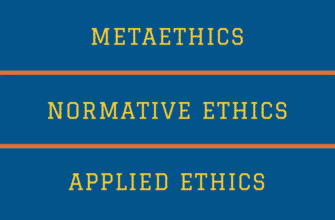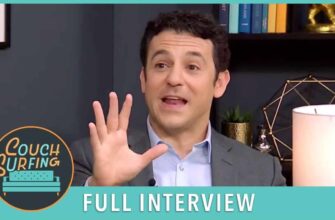The following is from guest writer, Ed Russo.
Remember sitting with your high school guidance counselor and discussing your life after graduation? If you were lucky enough to grow up with the Internet then you probably sat at a computer, answered several questions about your likes and dislikes, and voila, received a formal report of recommended jobs based on your answers. While these inventory/career assessment tools help students choose an academic track, how can those of us who are post-college assess and determine our goals? Have you considered a Career Selfie?
If you’re familiar with Tim Ferriss’ #1 New York Times bestselling book The 4-Hour Body, he explains that people with fitness goals are most successful when they take before and after photos. Having something at stake is a strong motivator.
Contents
- If we analyze the post-contest submissions of the winners of the Body-For-Life Challenge, the largest physique transformation contest in the last 50 years of publishing, we can isolate one common understated element: “before” photographs. The training methods and diet varied, but those who experienced the most dramatic changes credited the “before” photographs with adherence to the program. The pictures were placed in an unavoidable spot, often on the refrigerator, and served as inoculation against self-sabotage.
- If you look at yourself using the SWOT framework, you can start to separate yourself from your peers, and further develop the specialized talents and abilities you need to advance your career.
- Get an accurate picture of your baseline. It will look worse than you expect. This need not be bad news. Ignoring it won’t fix it, so capture it and use it. – Tim Ferriss
- Share here:
If we analyze the post-contest submissions of the winners of the Body-For-Life Challenge, the largest physique transformation contest in the last 50 years of publishing, we can isolate one common understated element: “before” photographs. The training methods and diet varied, but those who experienced the most dramatic changes credited the “before” photographs with adherence to the program. The pictures were placed in an unavoidable spot, often on the refrigerator, and served as inoculation against self-sabotage.
If you need help figuring out how to capture this honest assessment of your career status, without having to display pictures in your kitchen, try using the Career Selfie. The name is trendy but the idea is similar to a personal SWOT analysis. This acronym probably fills your head with images of sticky notes, flip charts, colored (and sometimes scented) markers, and a facilitator, most likely an outsider with rolled up shirt sleeves.
If you look at yourself using the SWOT framework, you can start to separate yourself from your peers, and further develop the specialized talents and abilities you need to advance your career.
Mind Tools LTD provides a free SWOT worksheet for professionals to conduct a self-assessment. Users are walked through a series of questions using the familiar SWOT technique.
Strengths
- What do other people (and your boss, in particular) see as your strengths?
- What values do you believe in that others fail to exhibit?
Weaknesses
- What will the people around you see as your weaknesses?
- Are you completely confident in your education and skills training? If not, where are you weakest?
Opportunities
- What trends (management or otherwise) do you see in your company, and how can you take advantage of them?
- Is there a need in your company or industry that no one is filling?
Threats
- What obstacles do you currently face at work?
- Could any of your weaknesses lead to threats?
What is your career baseline? Have you taken a picture of your career in its tighty whities? How do you measure up? Maybe it is time for a career transformation. Roll up your sleeves, get your markers, and start SWOT assessing. I look forward to seeing your before and after shots.
Get an accurate picture of your baseline. It will look worse than you expect. This need not be bad news. Ignoring it won’t fix it, so capture it and use it. – Tim Ferriss
________
Ed Russo is the Program Manager for the National Center for Missing and Exploited Children. Mr. Russo works with educators, law enforcement, community leaders, and government officials to implement child safety resources into schools and communities across the country. Through presentations and trainings, Mr. Russo provides participants with information about how safety resources can help prevent the victimization of children. Prior to joining the Center he was a Human Resources Manager in a Florida County Clerk’s Office and has over 18 years of teaching experience. Mr. Russo is a graduate of the University of Rhode Island with a BS degree in Education.
Mr. Russo can be contacted through Twitter and LinkedIn.







